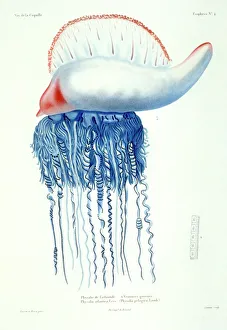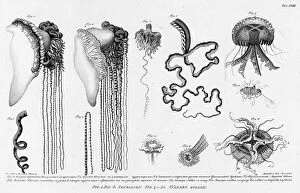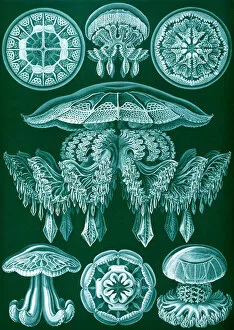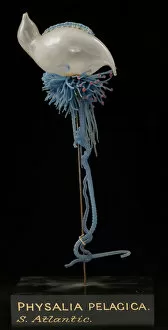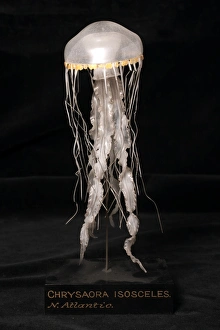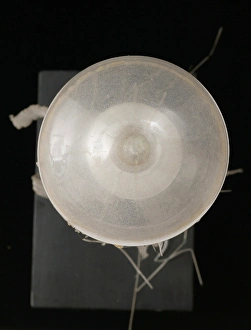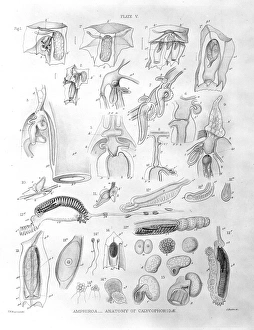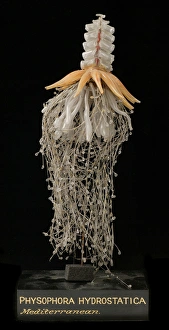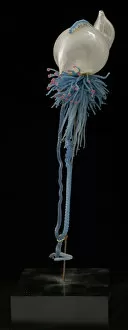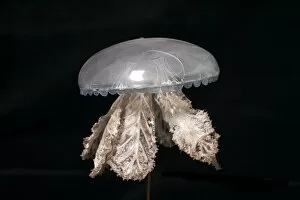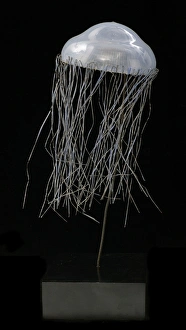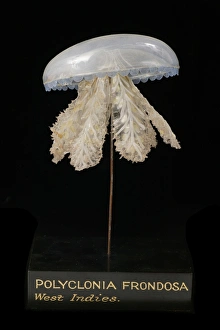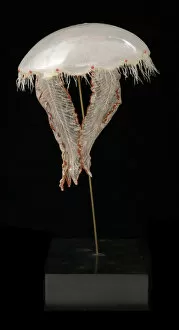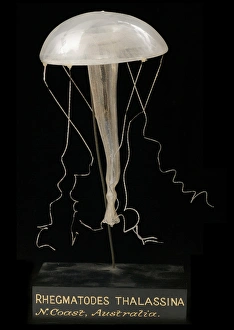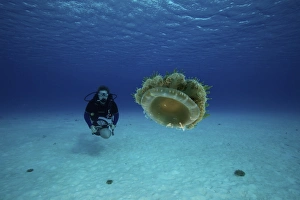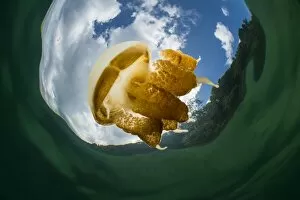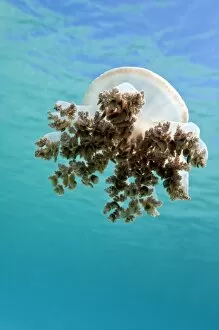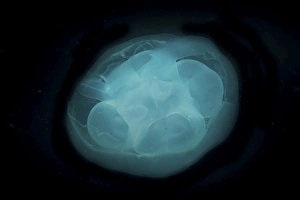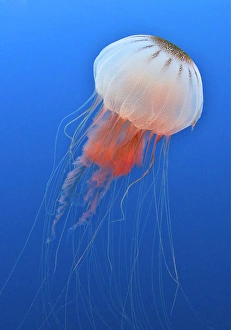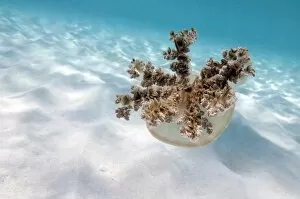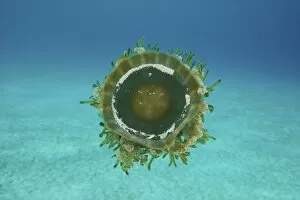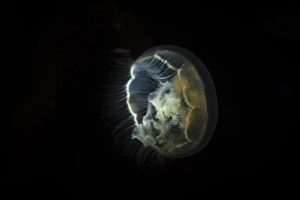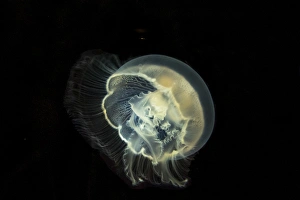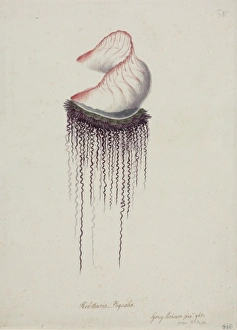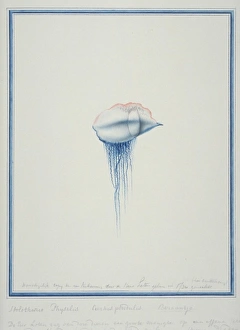Medusozoa Collection
Medusozoa, commonly known as jellyfish, is a fascinating and diverse group of marine creatures
All Professionally Made to Order for Quick Shipping
Medusozoa, commonly known as jellyfish, is a fascinating and diverse group of marine creatures. One member of this group is the Physalia pelagica, also known as the Portugese-man-of-war. With its vibrant blue tentacles trailing behind it in the water, it resembles a majestic sailing ship. Another stunning example is the Chrysaora isosceles, which showcases an elegant jellyfish model. Its translucent body and long flowing tentacles make it a captivating sight to behold. The Kunstformen der Natur from 1899 provides us with beautiful Discomedusae. These colorful lithographs depict various species of jellyfish in intricate detail, showcasing their mesmerizing forms and patterns. One such species featured in these illustrations is Carmarina hastata. Its delicate structure and graceful movements make it a true marvel of nature's design. The Physophora hydrostatica also stands out among its medusozoa counterparts with its unique appearance. This jellyfish model displays elongated tentacles that give it an ethereal presence in the ocean depths. Returning to Physalia pelagica once more, we witness another variation of this remarkable creature - a strikingly beautiful jellyfish with vibrant hues that seem to glow underwater. Polyclonia frondosa adds yet another dimension to Medusozoa's diversity with its leaf-like appendages resembling seaweed floating gracefully through the sea currents. Medusozoa encompasses an array of enchanting creatures like Physalia pelagica, Chrysaora isosceles, Carmarina hastata, Polyclonia frondosa and many others depicted in Kunstformen der Natur. Their elegance and otherworldly beauty continue to captivate our imagination as we explore the wonders beneath the waves.

